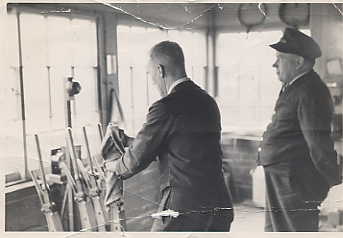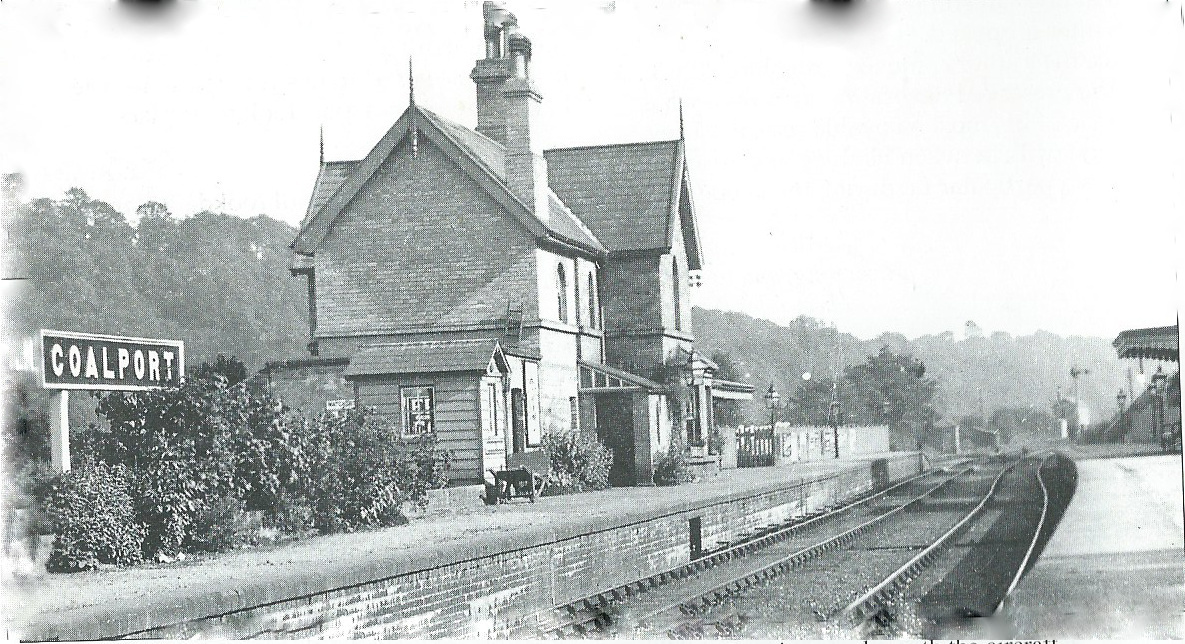Coalport Station was typical of all village stations on the Severn Valley Line, the main buildings dating from 1861. Like Ironbridge this station was inconveniently situated on the opposite side of the river from the settlement, the name of which it carried. The building is very similar in style to Arley on the Severn Valley Line and retains many of its original architectural features.
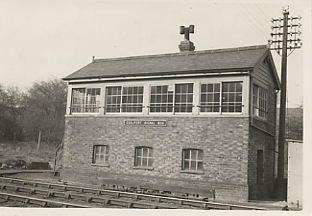
High above Coalport Bridge above the river, it was within sight of the LNWR station on the north bank at the end of that company’s single line branch opened on 17 June 1861 from Hadley Junction just northeast of Wellington.
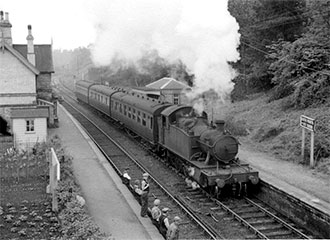
The river gorge was not so intensely industrialised at this point, and when first opened both stations were almost half a mile from the nearest factory, the famous Coalport China Works of John Rose & Co to the west.
It was the LNWR which provided siding accommodation for the firm, and it is unlikely that the GWR received substantial traffic to and from the works. It is perhaps significant that Coalport was the last station on the Severn Valley branch to be ‘modernised’ at the end of the 19th century when a second platform with loop line controlled from a fully interlocked signal box opened at the end of 1895.
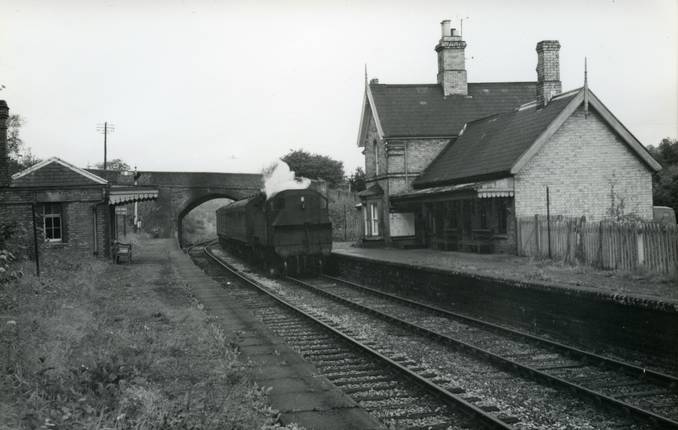
The signal box also controlled entry into a long siding running southeast approximately half a mile to Exley & Sons Gitchfield clay mine that had sunk in 1891. Three years later the firm opened a large roofing tile factory on the site, the Coalport Tileries – with all the very latest machinery. This factory owed its existence entirely to the railway. It was calculated that the eight kilns at the works were able to produce 250,000 tiles a week, incoming coal to fire the kilns and all this prodigious output being handled by the railway.
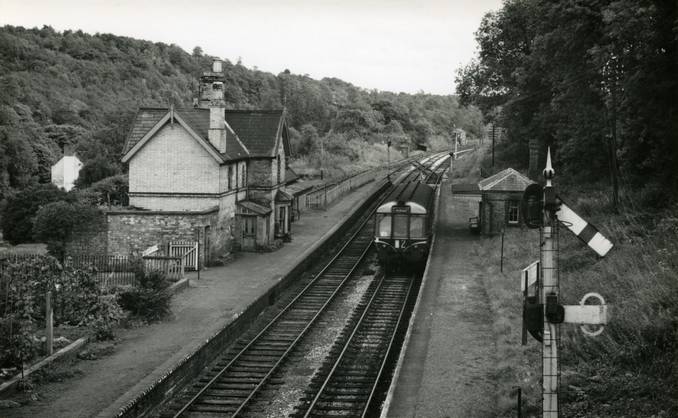
Exley’s was already a well – established local firm, and had both supplied the bricks and built the Craven Dunhill factory at Jackfield at the beginning of the 1870s. As with this tile making firm and Maw & Co, Exley’s had to negotiate with the GWR for the rights to extract minerals from beneath the railway. In this case the firm agreed to leave coal and clay under the line and for a distance of 30yd (27.4m) either side over an eight-acre area. Negotiations could be a cause of friction with the railway, as Maw & Co discovered in 1904. This firm used Arthur Grove of Bilston as its Mining Engineer, and after approaching the railway in December 1903 he reported in a handwritten letter to Maw’s Board Meeting in March 1904,’….I have not heard a word from their [the GWR’s] engineers and I don’t suppose I shall now until we do them serious damage when they will see their folly in not coming to an accommodation with us’. Fortunately agreement was reached before Maw’s mining activities threatened track stability!
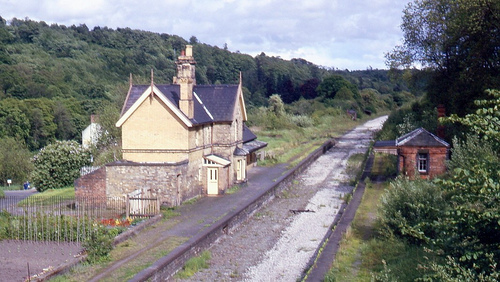
Coalport Station was closed as with most of the Severn Valley line as a whole in 1963, after 101 years in use, although there was talk of closure even before the Beeching axe report of 1963.
The last stationmaster of Coalport was a gentleman called William Charles Weyman. He was born on 11 February 1857 and joined the railway as a porter at Rhymney Junction when he turned 19. He made several moves, in a variety of jobs: to policeman at Tredegar Junction, switchman at Andoversford, booking porter, Station Inspector and Stationmaster at Norton Junction. His final move was to Coalport where he took up position of stationmaster at the age of 42 in October 1899 at the salary of 30s (£1.50) a week. It is not known exactly when he retired, 1923.
